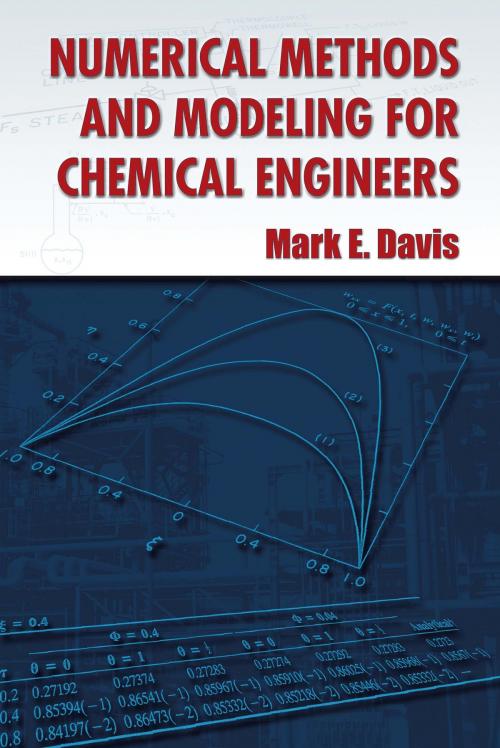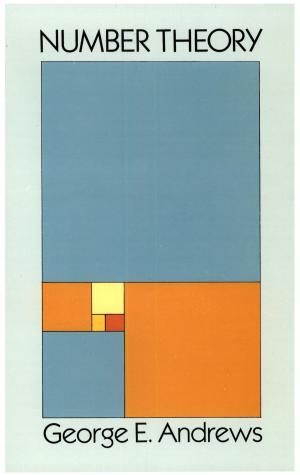Numerical Methods and Modeling for Chemical Engineers
Nonfiction, Science & Nature, Technology, Engineering, Chemical & Biochemical| Author: | Mark E. Davis, PhDC | ISBN: | 9780486782324 |
| Publisher: | Dover Publications | Publication: | November 19, 2013 |
| Imprint: | Dover Publications | Language: | English |
| Author: | Mark E. Davis, PhDC |
| ISBN: | 9780486782324 |
| Publisher: | Dover Publications |
| Publication: | November 19, 2013 |
| Imprint: | Dover Publications |
| Language: | English |
This text introduces computational tools for solving differential equation models that arise in chemical engineering: diffusion-reactions, mass-heat transfer, and fluid flow. Geared toward advanced undergraduates or graduate students of chemical engineering studying applied mathematics, the treatment focuses on numerical methods and modeling implemented in commercial mathematical software available at the time of its initial publication in 1984.
The introductory-level approach outlines numerical techniques for differential equations that either illustrate a computation property of interest or form the underlying methods of a computer software package. Readers are assumed to have a basic knowledge of mathematics, and results requiring further background feature appropriate references. Each chapter includes illustrative examples, and problems at the chapter's end simulate industrial mathematics projects and form extensions of the examples. Helpful appendixes supplement the text.
This text introduces computational tools for solving differential equation models that arise in chemical engineering: diffusion-reactions, mass-heat transfer, and fluid flow. Geared toward advanced undergraduates or graduate students of chemical engineering studying applied mathematics, the treatment focuses on numerical methods and modeling implemented in commercial mathematical software available at the time of its initial publication in 1984.
The introductory-level approach outlines numerical techniques for differential equations that either illustrate a computation property of interest or form the underlying methods of a computer software package. Readers are assumed to have a basic knowledge of mathematics, and results requiring further background feature appropriate references. Each chapter includes illustrative examples, and problems at the chapter's end simulate industrial mathematics projects and form extensions of the examples. Helpful appendixes supplement the text.















